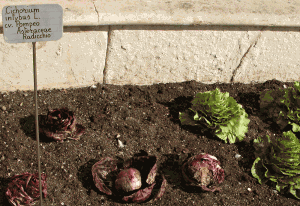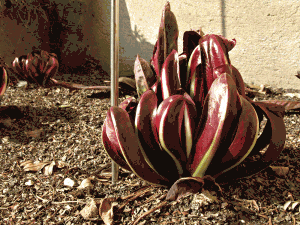Luigi goaded me into watching Stephen Lansing’s presentation on Balinese rice production, and I’m glad he did. It gives me the opportunity to make a couple of points.
A questioner, at about 1.08, finds it fascinating that the system Lansing described “works for monoculture crops,” and asks whether it might apply in any way to the monocultures of the American midwest. She’s using monoculture to mean single species, as do many others people. But it prompts a reflection on the genetic diversity of the Balinese rices. Lansing does say at one point that much of the diversity has been lost, although some survives up in the hills. And the introduction of the high-tech package based on very uniform improved rice cultivars, starting with the canonical IR-8, failed because it didn’t take Balinese practices into account. And yet those practices too depend on uniformity.
The Balinese system works because farmers synchronize their plantings, so that after harvest there’s nothing left for rice pests to eat and nowhere for them to go. But that requires all the local varieties to have the same maturity period. Indeed, the fundamental unit of the Balinese calendar, the master clock, Lansing said, was the growth cycle of old Balinese rice varieties. I guess that the same would hold true today. Neighbouring farmers must grow varieties with similar maturity dates, otherwise all the complexity associated with synchronizing planting and sharing water goes out of whack at the end of the season.
If the farmers all decided to plant a genetically uniform modern cultivar, but stuck with their older rituals for timing the rice cycles, would the system work as before?

